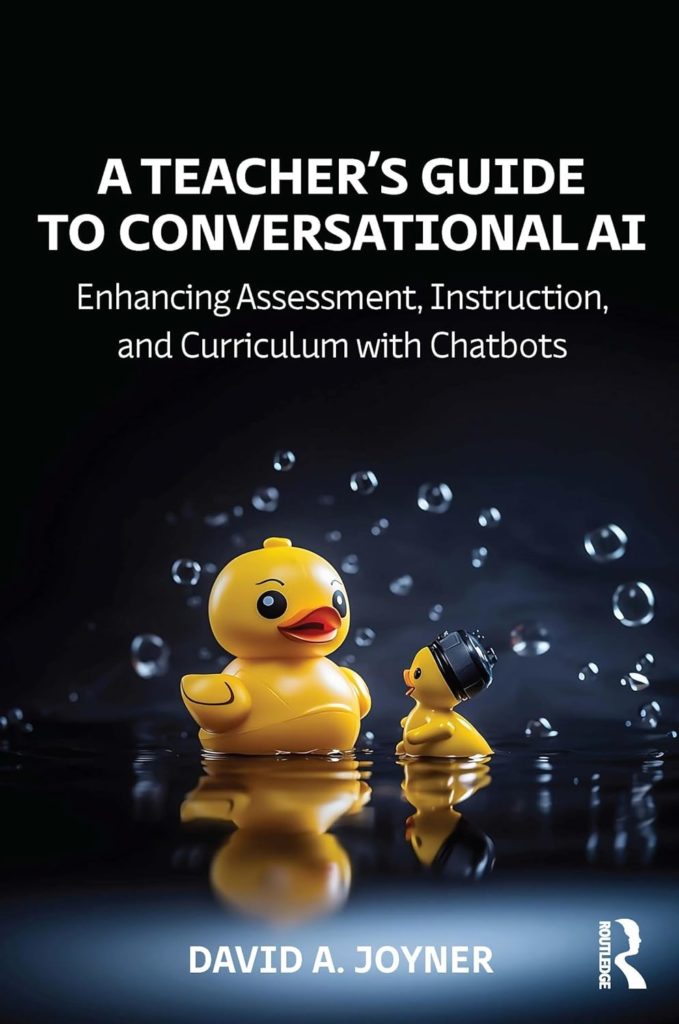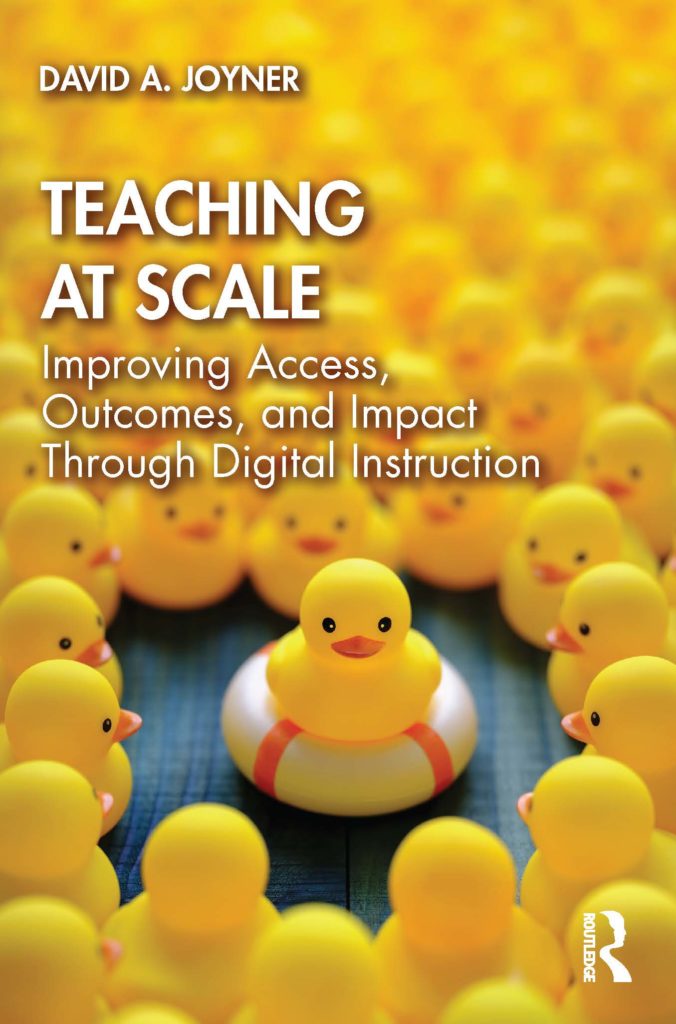In our original design for CS7637: Knowledge-Based AI, there were six homework assignments, but students only had to do three. Specifically, they had to do one from each of three pairs of assignments. Each pair was due a week apart. Doing the earlier assignment in each pair meant getting earlier feedback and more peer feedback (since most students do the later assignment); doing the later assignment meant having an extra week to work on the assignment, and getting to see some peers’ work before submitting one’s own.
To prepare our grading resources, we did a class poll on the course forum to ask students whether they planned to submit to the first assignment or the second one. About 80% said they planned to submit to the first assignment. We thought, “Huh, wow, online students really are more committed if they’re going to intentionally submit earlier than they need to!”
Then in practice, only about 30% of students actually submitted to the earlier deadline. 70% submitted to the late deadline.
Did students overestimate themselves? No; but students who are active on the course forum and who will respond to an optional poll are more likely to be more invested, and thus are also more likely to submit early. 80% of students who would respond to an optional forum poll did submit early; but 70% of students as a whole would submit late.
As time has gone on, this experience has been repeated over and over again in many ways. One common refrain I hear from students is, “I’m struggling so much. People on the forum are so far ahead of me, and I’m so far behind.” Typically the students saying this aren’t behind at all. Usually they’re ahead, actually, since the kinds of students who will even go to the trouble of self-assessing their progress are usually ahead of the average. But they’re comparing themselves to a very biased sample: the types of students who will engage on a forum are more invested than average.
What makes this different than in-person classes is visibility. Online, students only ever see classmates who do something to be seen. In-person, by comparison, students see everyone in one way or another. Students see classmates in the back of the room typing on their laptops instead of paying full attention. And more than that, students see empty seats. Students may know that a class is full, and if the class is full, they know every seat should be filled. They can look around and recognize that if the lecture hall is 75% empty, then 75% of the class didn’t attend. That helps them calibrate. They can think, “Sure, I’m probably not doing as well as that person in the front row asking questions I can’t even understand, but I’m doing better than the 75 people who never even come to class!”
Online, there are no empty seats. There is no back row where people are typing away, present only in case the instructor throws out some insider knowledge for a future test. The analogue to those front-row question-asking students are the only ones that students see, and so the comparisons they draw are severely skewed.
That’s part of why I think it’s so important to require things like peer review: it gives everyone more of a view of the typical distribution of the class rather than just the biased sample visible on the forum and in other places. It’s why I would like to share things like class averages, except I find those backfire: they may reassure some students that they’re not as far behind as they fear, but they also become the basis for other students to protest already-high grades because they insist on having the best grades even if there’s no practical difference.
More generally, it’s part of my push to feature more peripheral and semi-peripheral community in online classes. There’s some natural community that forms when you have peripheral indicators of some shared foundation, even if you never interact with other members of that community directly. Recreating it online is a challenge, but also can have a significant positive effect on students’ self-perceptions of their progress.
















